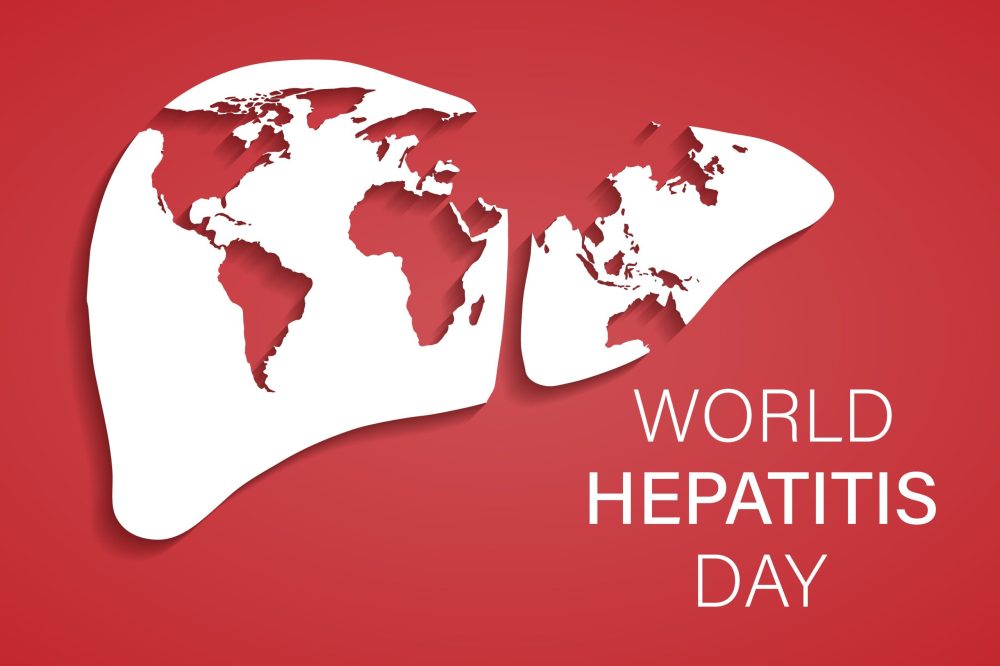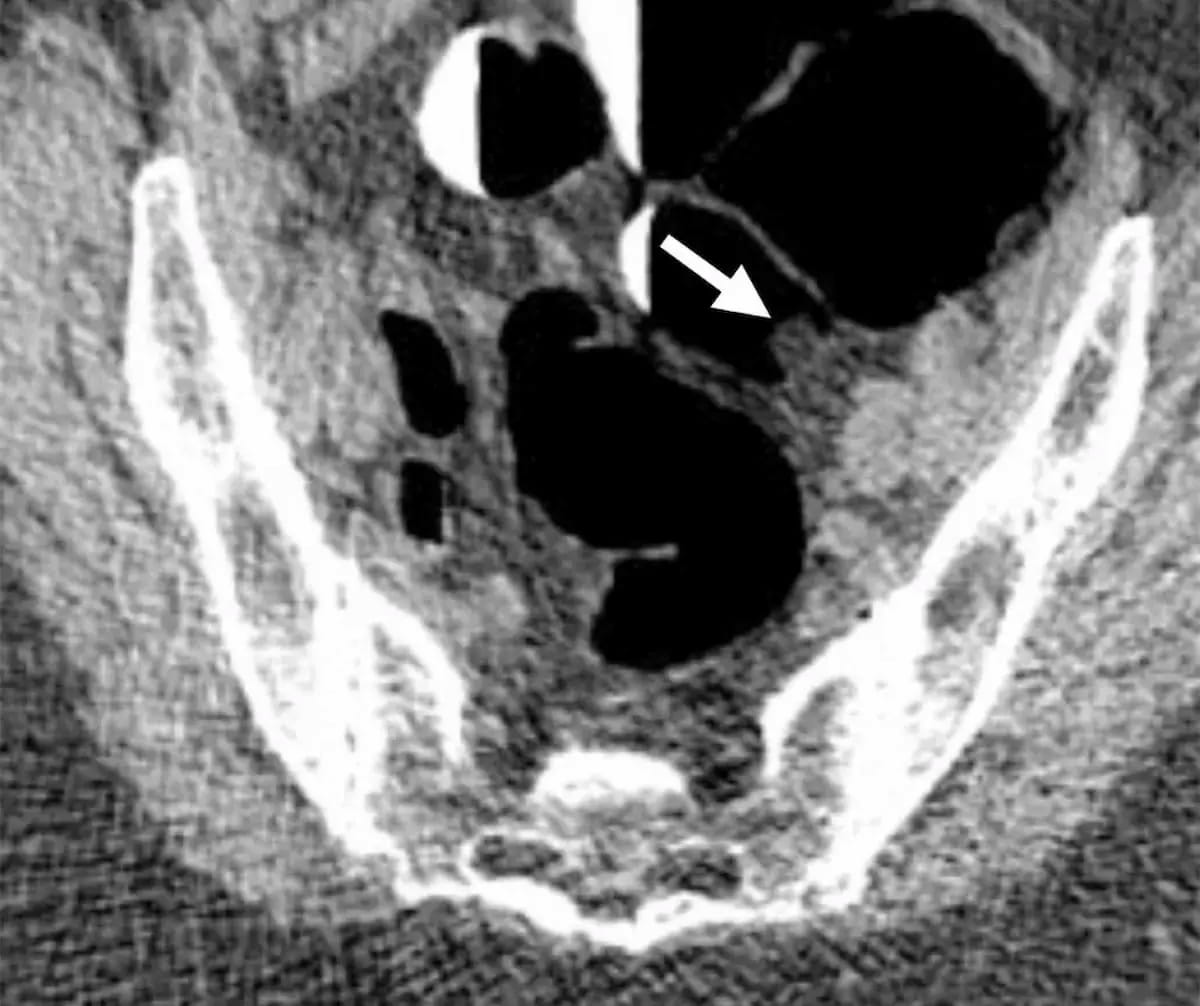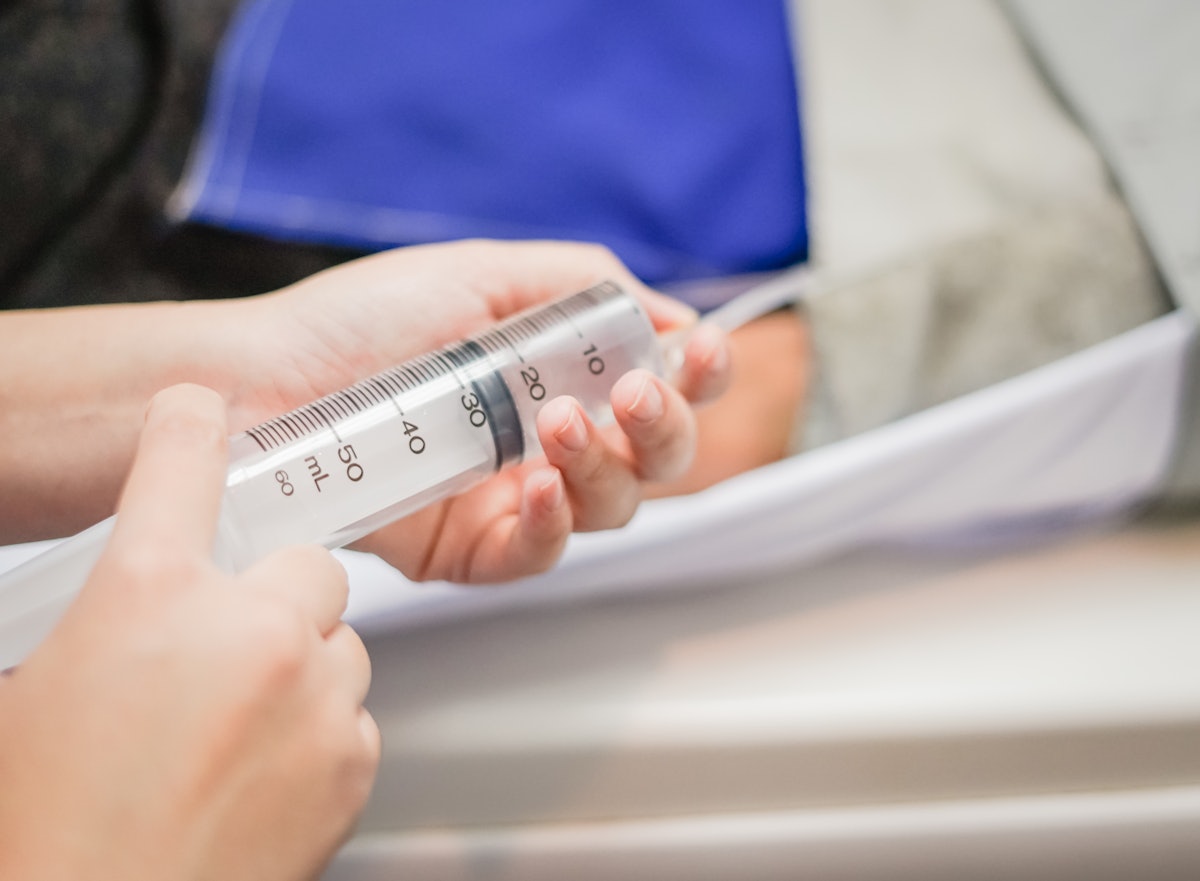Head and neck squamous cell carcinomas (HNSCC) are a group of cancers that affect cells in and around our mouth and nose. With 890,000 new cases and 450,000 deaths annually, HNSCC accounts for roughly 4.5% of cancer diagnoses and deaths worldwide. Treatment options for HNSCC are very limited, so nearly half of affected patients with HNSCC die from the disease. Current therapies consist of surgery, radiotherapy and chemotherapy, which can be effective but often have limited success and significant side effects.
To meet this unmet medical need, researchers at the University of California San Diego School of Medicine are exploring new approaches to improve the effectiveness of treatments for HNSCC. In a new study of oral cancer, a type of HNSCC, they demonstrate how precisely timing two different treatments can potentially improve treatment outcomes by protecting tumor-draining lymph nodes, which are located close to tumors and have an important role in mediating the immune system’s response to the tumor.
The researchers found:
– In mice with oral cancer, delivering radiation therapy that preserves tumor-draining lymph nodes then later delivering immunotherapy resulted in a complete and durable tumor response, meaning the tumors became undetectable. This happened in 15/20 mice treated with this approach.
– The two treatments synergized to enhance migration of a specific type of immune cell, called activated CCR7+ dendritic cells, from tumors into lymph nodes. These cells helped trigger a stronger immune response to the tumor. This occurred in all treated mice.
The study’s results could have significant implications for the treatment of HNSCC, as well as other cancers that are resistant or unresponsive to current standard treatment approaches. The research also provides valuable biological insight into the role of tumor-draining lymph nodes in cancer biology, which could have further implications for developing new therapies. While it will take further research to fully explore the potential of this timed treatment approach, the findings demonstrate the importance of optimizing the sequence and timing of therapies to maximize their benefit to the patient. The researchers are now conducting clinical trials in collaboration with investigators at Providence Earl Chiles Cancer Center to leverage these strategies to improve outcomes in head and neck cancer patients.
The study, published in Nature Communications, was led by Robert Saddawi-Konefka, M.D., Ph.D.,PGY-8, fellow physician and Joseph Califano, M.D., professor and interim chair in the Department of Otolaryngology and Iris and Matthew Strauss Chancellor’s Endowed Chair in Head and Neck Surgery at UC San Diego School of Medicine. Califano is also director of the Hanna and Mark Gleiberman Head and Neck Cancer Center at Moore’s Cancer Center. The study was supported, in part by a National Cancer Institute funded R01 grant led by. Califano and Andrew Sharabi, M.D., Ph.D., associate professor and Jacobs Chancellor’s Endowed Chair in the Department of Radiation Medicine and Applied Sciences at UC San Diego School of Medicine, as well as a member of the Head and Neck Cancer Center at Moores Cancer Center.
Source:
University of California – San Diego
Journal reference:
Saddawi-Konefka, R., et al. (2025). The tumor-sentinel lymph node immuno-migratome reveals CCR7+ dendritic cells drive response to sequenced immunoradiotherapy. Nature Communications. doi.org/10.1038/s41467-025-61780-4.









